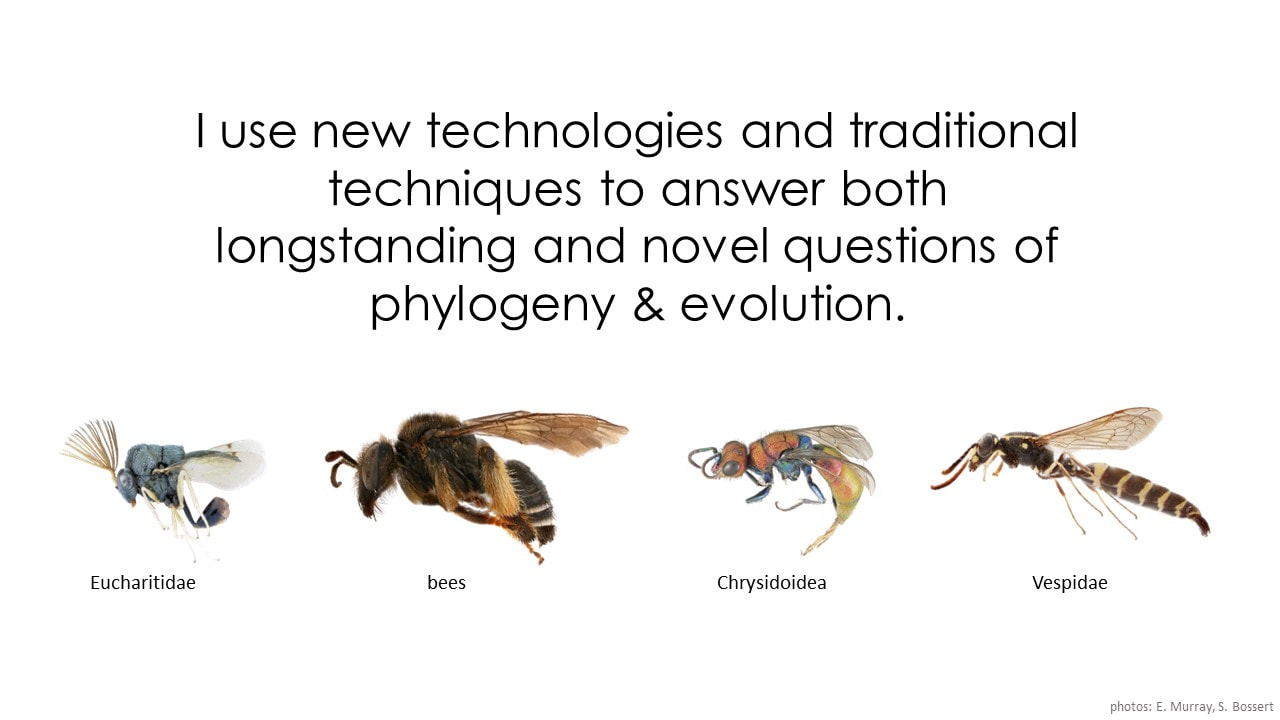|
Want to improve your presentation skills? Are you excited to learn better methods to communicate research? We scientists do cool stuff, and we want (and need) to convey our work to others. I have some hints to share. This past year, I've read lots of books, searched articles, and watched tutorials -- all in the quest of improving my scientific communication skills. Here are some ideas and tips I've been incorporating into my presentations. Maybe you want to try something new, too?!
#10. Be smart with how you use your slides. Slide design is a big topic, and I won't cover it here. But of course, you'll want to think about your slide use & design and how that will help you spread your science message! A few thoughts: do get comfortable with negative space on slides: Intentional empty space is fine! But at the same time, always make sure your graphics are large and clear -- visuals are important, and you put them there for a reason, so make them work for you! don't use a laser pointer: Design your slides so that you don't NEED to use a pointer. Instead, build on your slides using animation, so that arrows or emphases pop up when you need it. do use presenter mode, especially if you feel nervous about giving talks: Maybe this is an obvious one? I only started using presenter mode last year, and I have definitely benefited. There's a timer so you can use it to stay on schedule. But more importantly, I'd recommend you make good use of the notes section, since you can see your typed notes while you give a talk. Write and practice (and ruthlessly edit!) a script. Or write up and refer to your notes for topic prompts and transitions to help keep you on track and give a smooth and polished delivery. Keyboard shortcut to get into presenter mode at the current slide: (SHIFT+ALT+F5 /or SHIFT+ALT+FN+F5). Bonus for job talks: #11. Brand yourself at the beginning.
In a job talk, you are introducing yourself as well as presenting your research. The audience is interested to see you in a broader view than just the research you include, and you can help them by giving this context. Can you summarize your professional identify in one sentence?
I'd love to hear your suggestions or feedback on any of these hints! references:
Anderson, C. (2017). TED Talks: The Official TED Guide to Public Speaking. Mariner Books, 288 p. Bernoff, J. (2016) Writing Without Bullshit: Boost Your Career by Saying What You Mean. HarperBusiness, 304 p. Donovan, J. (2013) How to Deliver a TED Talk: Secrets of the World's Most Inspiring Presentations. McGraw-Hill Education, 240 p. Janzer, A. (2018) Writing to be Understood: What Works and Why. Cuesta Park Consulting, 219 p.
0 Comments
|
PhyloBlogCovering topics of phylogenetics and systematics & other science-related news. Archives
October 2019
Categories
All
|

 RSS Feed
RSS Feed